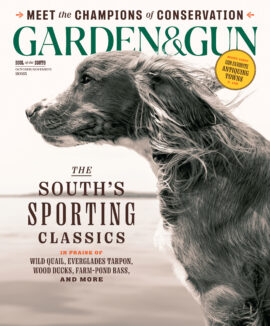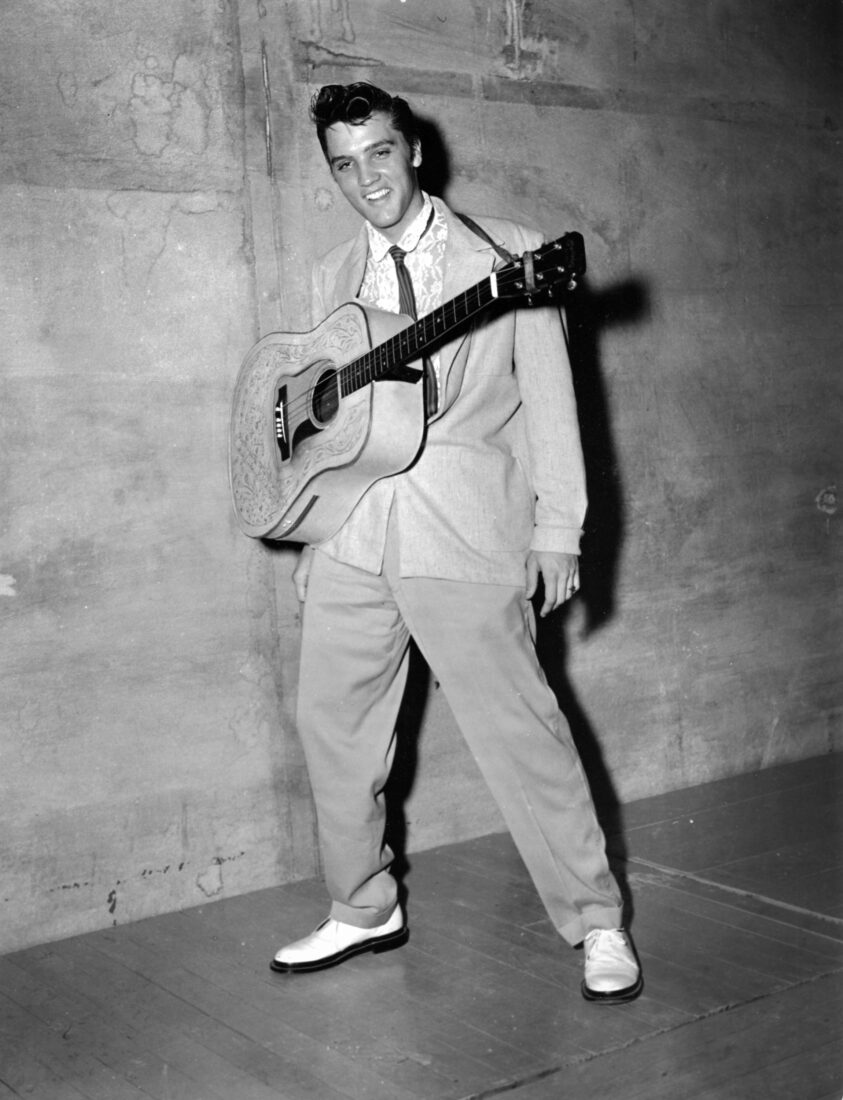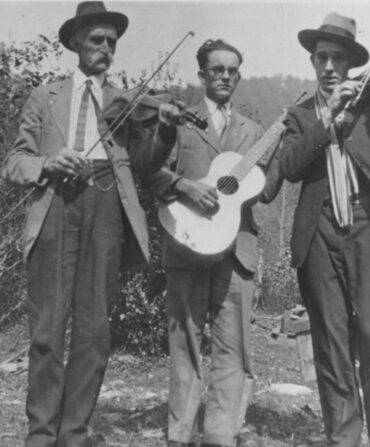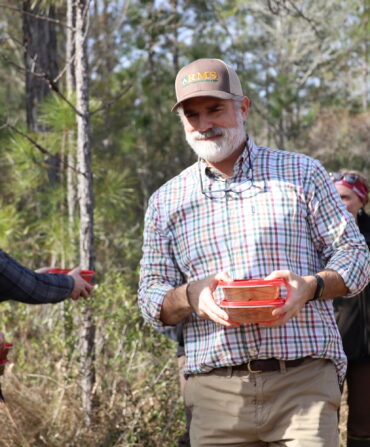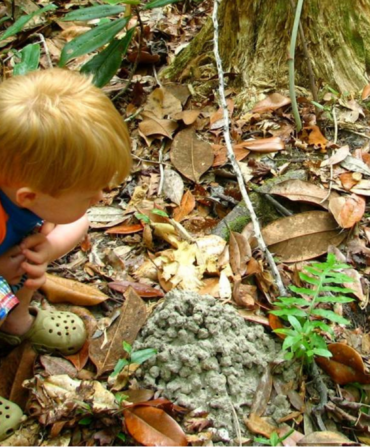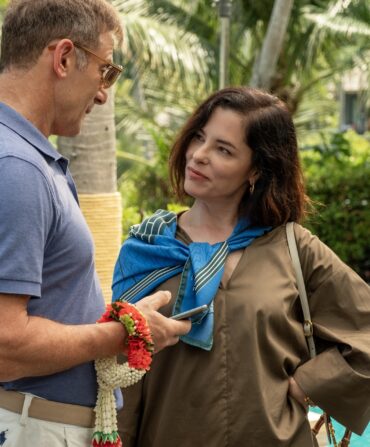Despite the fact that musicians and songwriters from the South created the bulk of the traditional American songbook, far-flung cities like New York, Los Angeles, and Chicago became known as the centers of live-music culture.
But being relatively isolated from the glitz and pressure of the national spotlight has also helped Southerners bring together venues, scenes, artists, and audiences to evolve new takes on blues, country, and rock and roll. Audiences here have witnessed some of America’s most influential musicians on the cusp of greatness, at their raw and unruly peak, and at the end of the line. Sometimes even new genres sprang out of those performances.
Here are ten of the most iconic concerts to ever take place in the South.
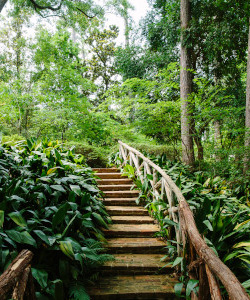
Earl Scruggs, Lester Flatt, Bill Monroe, and the birth of bluegrass
Ryman Auditorium in Nashville, Tennessee
December 8, 1945
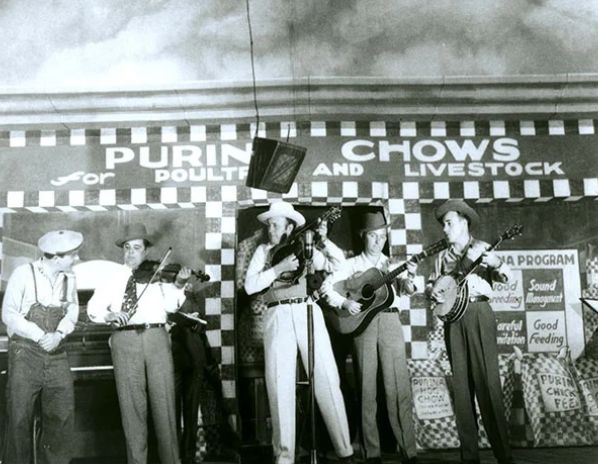
The mandolinist and singer Bill Monroe had been performing and recording traditional American music for more than a decade when he decided to shake up his backing band, the Blue Grass Boys, in 1945. Anchored by Monroe’s tenor howl, the addition of Earl Scruggs on banjo and Lester Flatt on guitar were the final pieces of the puzzle, and their December 8 performance on the Grand Ole Opry is widely considered the birth of the bluegrass genre, live on stage. Three years later, Flatt and Scruggs spun off as a duo and spent the next two decades winning over audiences in the new-folk revival and building a hall-of-fame career, while Monroe’s performances continued to inspire generations of bluegrass fans.
Elvis Presley’s electrifying Memphis debut
Overton Park Shell in Memphis, Tennessee
July 30, 1954

Although he wasn’t supposed to be the main attraction—his name was even misspelled as “Ellis” on a poster advertising the concert—the Tupelo native Elvis Presley dazzled Memphis during his first billed performance in his new hometown, an opening slot under yodeling country star Slim Whitman. Local radio station WHBQ had introduced him to listeners just three weeks earlier with “That’s All Right,” a song the yet-to-be-crowned King of Rock and Roll performed alongside its B-side, a rave-up of Bill Monroe’s “Blue Moon of Kentucky.” When the crowd’s rapturous applause brought him back for an encore, he answered by playing them again. The next year he headlined at the Shell, and a scant five months later released his nationwide breakthrough and first number-one hit, “Heartbreak Hotel.”
Ray Charles, Nina Simone, and the Salute to Freedom
Miles College in Fairfield, Alabama
August 5, 1963
Three months after violence and unrest in Birmingham galvanized the Civil Rights Movement in May 1963, a star-studded concert dubbed Salute to Freedom held in nearby Fairfield raised money to help Alabamans travel to the planned March on Washington. Artists like Ray Charles—already a fully minted pop star with six Grammy awards and a catalog of smash hits, including “Georgia On My Mind”—as well as jazz great Nina Simone, singer and entertainer Johnny Mathis, and vocal group the Shirelles performed for what was possibly the city’s first integrated audience, while Martin Luther King Jr., James Baldwin, and other activists sat side-stage.
The Jimi Hendrix Experience’s largest American gig
The Atlanta International Pop Festival in Byron, Georgia
July 3–5, 1970
Inspired by the same core concepts of peace, love, and music as Woodstock, the first Atlanta International Pop Festival in 1969 actually preceded the better-known concert by a month. But the Georgia festival’s encore event in 1970 was its defining moment. Bookended by sets from a nascent Allman Brothers Band, who were based nearby in Macon, and featuring B.B. King at the moment of his commercial crossover, the event attracted hundreds of thousands of concertgoers. While the actual number in attendance is unknown (mostly due to an influx of gate crashers, which rendered ticketing obsolete), a historical marker on the site claims Hendrix played to the largest American audience of his career. Fortunately, fans can listen to live recordings of Hendrix’s incendiary performance, which featured signature tunes “Purple Haze,” “Foxy Lady,” and “Fire,” and both Allman sets with takes on “Statesboro Blues,” “Dreams,” “Whipping Post,” and more.
Jim Morrison plays his final gig with the Doors
The Warehouse in New Orleans, Louisiana
December 12, 1970
The final years of Jim Morrison’s life were chaotic, to say the least. Three months before the Doors played their final show with the iconic frontman, he was arrested for indecency onstage in Miami. By the time the band arrived at this 3,500-capacity venue in the New Orleans Warehouse District, Morrison’s bearded and heftier look hardly resembled the Lizard King of yore. Although the band previewed four songs from their next album, L.A. Woman, the gig was a disaster of starts and stops. At one point, the band left the stage in frustration; an inebriated Morrison took out his feelings on the stage itself, using the mic stand as a tomahawk to splinter a gaping hole. Wisely, the band scrapped the remainder of the winter tour and returned to Los Angeles. When L.A. Woman came out five months later, the band was all but done. Morrison had already left for Paris, where he died the following year.
Willie Nelson’s Austin reinvention
Armadillo World Headquarters in Austin, Texas
August 12, 1972
Despite spending a decade penning hits for stars like Roy Orbison and Patsy Cline while also pursuing his own modest recording career, by the early 1970s Willie Nelson was feeling creatively stifled by Nashville’s country-music machine. So, the future Red-Headed Stranger packed up Trigger, the battered Martin guitar he still plays today, and resettled in Austin, Texas, where an influx of free-thinking hippies were flirting with country and western music. Nelson re-emerged on the Armadillo World Headquarters stage to an audience of both country hardliners and curious longhairs—although still clean-shaven and wearing his hair short at the time, he was quickly moving from one world to the other—and won over the crowd with renditions of those early country hits. After a gig known as the “big bang of Austin,” the nascent outlaw country music scene coalesced around Nelson and pals like Waylon Jennings.
Lynyrd Skynyrd’s last gig
Memorial Auditorium in Greenville, South Carolina
October 19, 1977
Lynyrd Skynyrd was reenergized in 1977. They had a flashy new guitar player in Steve Gaines and a new album, Street Survivors, that would soon put them back on the charts. At Greenville’s Memorial Auditorium, the band dipped into hits like “Saturday Night Special” and “Sweet Home Alabama” in a twelve-song set, capped as usual with a rendition of “Free Bird,” before chartering a private Convair to fly them to the next show in Baton Rouge, Louisiana. Just fifty miles from their destination, though, the aircraft ran out of fuel and tragically crashed in rural Mississippi. Six people died—frontman Ronnie Van Zandt, Steve Gaines and his sister Cassie, road manager Dean Kilpatrick, and pilots Walter McCreary and William John Gray—bringing an end to the original band.
Tina Turner’s heroic homecoming
Mid-South Coliseum in Memphis, Tennessee
November 10, 1985
A dart thrown at a map of the chitlin’ circuit South in the mid-twentieth century would surely yield a plethora of iconic Tina Turner performances, usually with her shimmying at the side of one-time husband Ike Turner. But by the early eighties, a solo (and single) Turner was busy reminding audiences why she deserved to be there in the first place. A 1983 tour opening for Lionel Richie at the peak of his popularity positioned her for a comeback, and the next year the Nutbush, Tennessee, native delivered with Private Dancer, regaining her headliner status and earning three Grammy awards. Playing hits like “What’s Love Got To Do With It” and “Proud Mary,” Turner’s triumphant return to Memphis’s Mid-South Coliseum, where she had opened for Richie just the previous year, showed Turner was back.
Widespread Panic at Panic in the Streets
Washington Street in Athens, Georgia
April 18, 1998
In the decade preceding Widespread Panic’s legendary homecoming concert—while fellow Athens band R.E.M. was becoming one of the biggest rock bands in the world—John Bell and co. built an enormous following of its own on the jam scene. On the strength of the band’s marathon live shows that turned songs into improvisational launching pads, an estimated 100,000 fans crowded downtown Athens on the spring evening in 1998 to welcome the band home. But this show was just as noteworthy for the performance itself: Original guitarist Michael Houser, who died of pancreatic cancer four years later, practically played the finish off his Telecaster as Bell hollered into the night and the rhythm section pounded behind them on classics like “Chilly Water” and the debuts of “All Time Low,” “Christmas Katie” and “One Arm Steve.”
Prince wins the Super Bowl
Super Bowl XLI at Dolphin Stadium in Miami, Florida
February 4, 2007
It may not have been a concert in the traditional sense, but Prince’s twelve-minute halftime show was the real MVP performance of the 2007 Super Bowl (sorry, Peyton). Instead of miming to a by-the-numbers recitation of his biggest hits, as is customary for Super Bowl halftime performances, Prince strutted through a fully live medley that peppered classics “Proud Mary” and “All Along the Watchtower,” and the then-recent Foo Fighters hit “Best of You” among his own “1999,” “Let’s Go Crazy,” and “Baby I’m a Star.” Then, as a storm poured on the stage, which was built in his “love symbol” shape and outlined in his signature purple, Prince and his band laid into an electrifying rendition of “Purple Rain.” Rightly so, it’s remembered as the greatest halftime show of all time.

